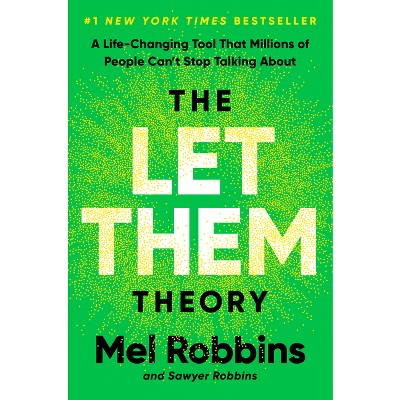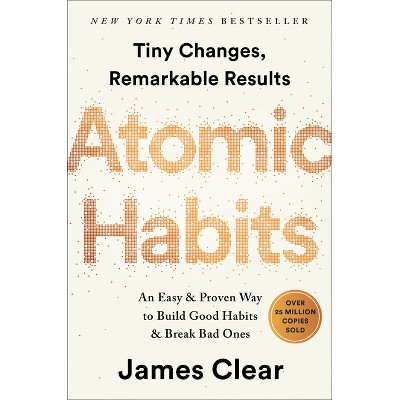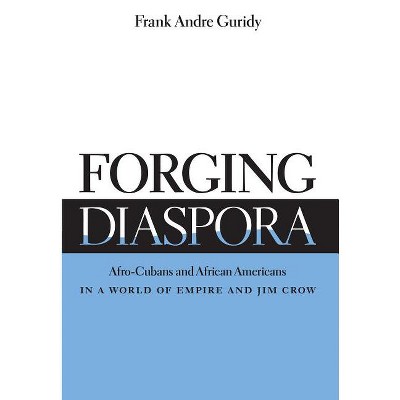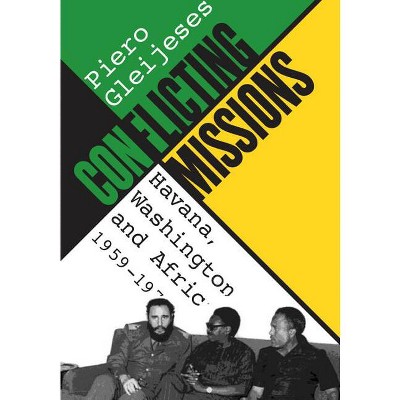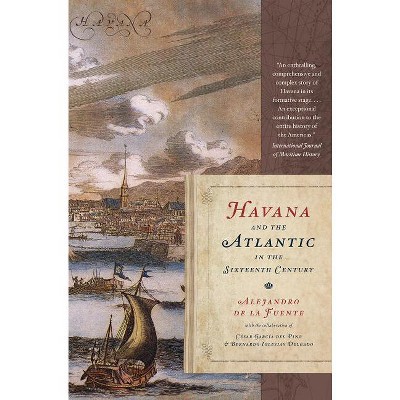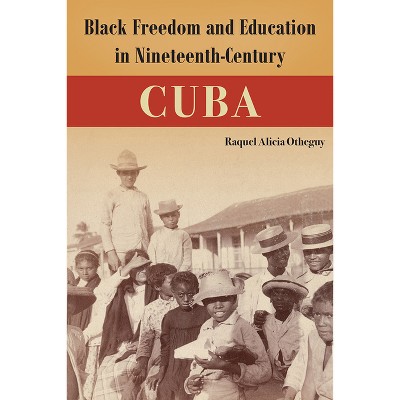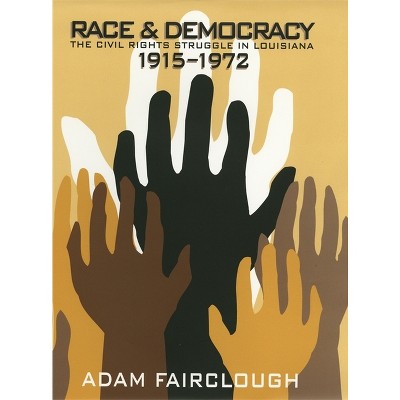Rhythms of Race - (Envisioning Cuba) by Christina D Abreu (Paperback)

$34.21 sale price when purchased online
$39.95 list price
Target Online store #3991
About this item
Highlights
- Among the nearly 90,000 Cubans who settled in New York City and Miami in the 1940s and 1950s were numerous musicians and entertainers, black and white, who did more than fill dance halls with the rhythms of the rumba, mambo, and cha cha chá.
- Author(s): Christina D Abreu
- 322 Pages
- Social Science, Ethnic Studies
- Series Name: Envisioning Cuba
Description
About the Book
"Among the nearly 90,000 Cubans who settled in New York City and Miami in the 1940s and 1950s were numerous musicians and entertainers, black and white, who did more than fill dance halls with the rhythms of the rumba, mambo, and cha cha châa. In her history of music and race in midcentury America, Christina D. Abreu argues that these musicians, through their work in music festivals, nightclubs, social clubs, and television and film productions, played central roles in the development of Cuban, Afro-Cuban, Latino, and Afro-Latino identities and communities. Abreu draws from previously untapped oral histories, cultural materials, and Spanish-language media to uncover the lives and broader social and cultural significance of these vibrant performers"--Provided by publisher.Book Synopsis
Among the nearly 90,000 Cubans who settled in New York City and Miami in the 1940s and 1950s were numerous musicians and entertainers, black and white, who did more than fill dance halls with the rhythms of the rumba, mambo, and cha cha chá. In her history of music and race in midcentury America, Christina D. Abreu argues that these musicians, through their work in music festivals, nightclubs, social clubs, and television and film productions, played central roles in the development of Cuban, Afro-Cuban, Latino, and Afro-Latino identities and communities. Abreu draws from previously untapped oral histories, cultural materials, and Spanish-language media to uncover the lives and broader social and cultural significance of these vibrant performers.Keeping in view the wider context of the domestic and international entertainment industries, Abreu underscores how the racially diverse musicians in her study were also migrants and laborers. Her focus on the Cuban presence in New York City and Miami before the Cuban Revolution of 1959 offers a much needed critique of the post-1959 bias in Cuban American studies as well as insights into important connections between Cuban migration and other twentieth-century Latino migrations.
Review Quotes
"A fascinating account of an understudied form of labor migration in an equally understudied period of U.S. immigration history." -- American Historical Review
"A valuable addition to the Latino music-making historiography." -- Journal of Southern History
"A very thoroughly researched work and the first to deal deeply with the topic, Abreu's book is a very necessary contribution to Cuban and Latino scholarship." -- International Migration Review
"Demonstrates that Cuban musicians and diverse audiences shaped what it meant not just to be (Afro) Cuban but also Latin or Hispanic within the United States." -- Florida Historical Quarterly
"Makes significant contributions to pan-ethnic studies about Cubans and Latinos in the United States." -- Journal of American History
"This significant study helps elucidate the multiple evolving meanings of Cubanidad and Latino/a identity in the US." -- CHOICE
Dimensions (Overall): 9.1 Inches (H) x 6.1 Inches (W) x .9 Inches (D)
Weight: 1.05 Pounds
Suggested Age: 22 Years and Up
Number of Pages: 322
Series Title: Envisioning Cuba
Genre: Social Science
Sub-Genre: Ethnic Studies
Publisher: University of North Carolina Press
Theme: Hispanic American Studies
Format: Paperback
Author: Christina D Abreu
Language: English
Street Date: May 4, 2015
TCIN: 91171021
UPC: 9781469620848
Item Number (DPCI): 247-49-5412
Origin: Made in the USA or Imported
Shipping details
Estimated ship dimensions: 0.9 inches length x 6.1 inches width x 9.1 inches height
Estimated ship weight: 1.05 pounds
We regret that this item cannot be shipped to PO Boxes.
This item cannot be shipped to the following locations: American Samoa (see also separate entry under AS), Guam (see also separate entry under GU), Northern Mariana Islands, Puerto Rico (see also separate entry under PR), United States Minor Outlying Islands, Virgin Islands, U.S., APO/FPO
Return details
This item can be returned to any Target store or Target.com.
This item must be returned within 90 days of the date it was purchased in store, shipped, delivered by a Shipt shopper, or made ready for pickup.
See the return policy for complete information.
